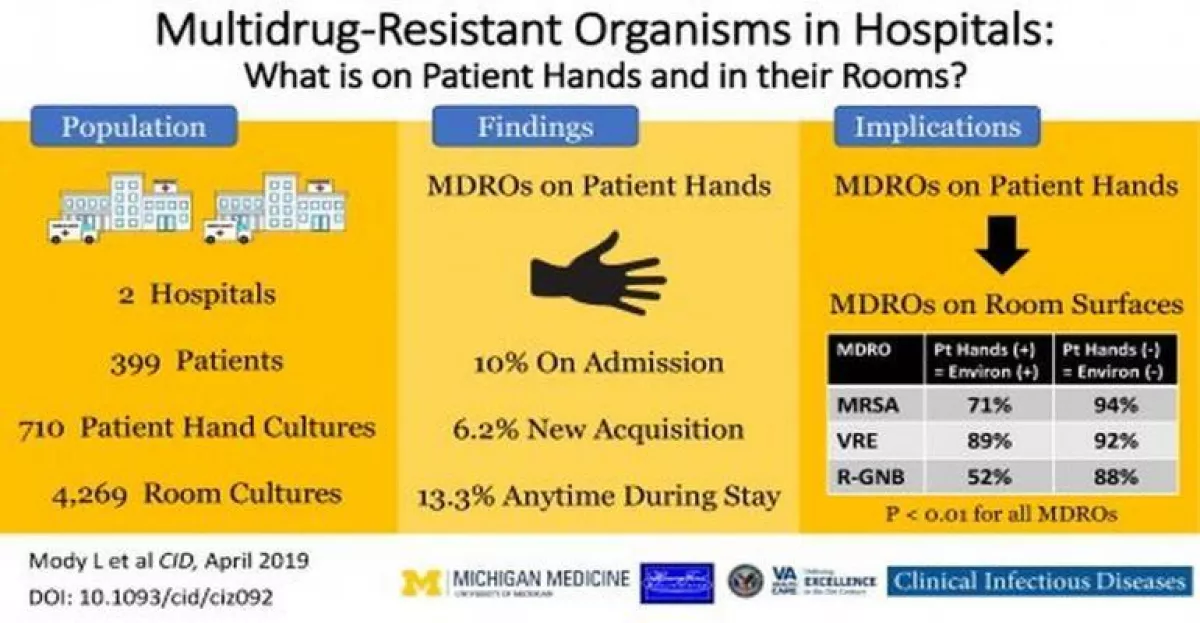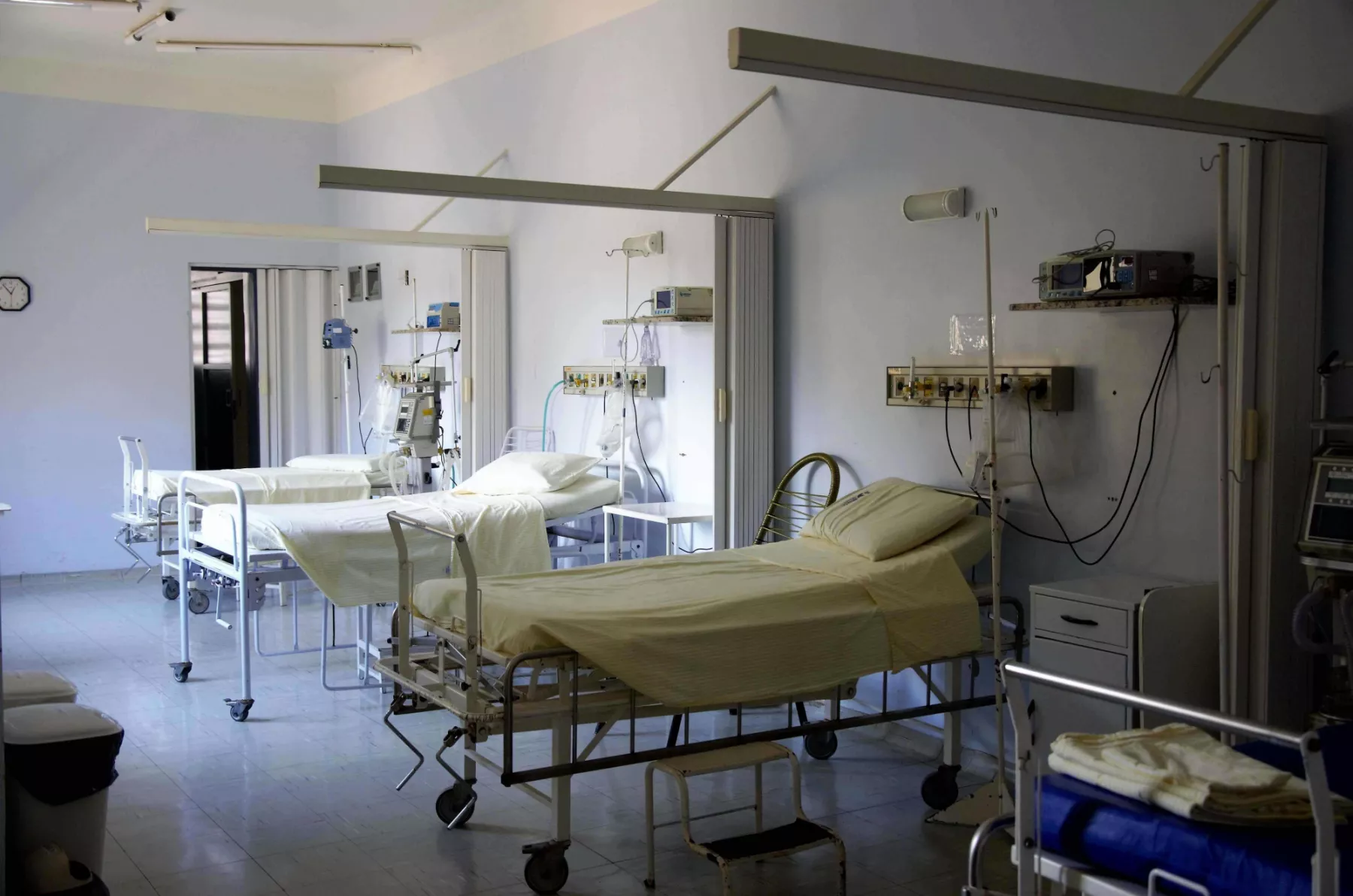Bacteria & Hospital Privacy Curtains
Preliminary research recently presented at the European Congress of Clinical Microbiology & Infectious Diseases in Amsterdam found that hospital privacy curtains are an area of major concern for contamination. More than 1,500 healthcare curtains sampled from six skilled nursing facilities in Michigan tested positive for multidrug-resistant organisms, with contamination rates ranging from 12% to 28.5%, depending on the facility. Based on the findings, as patients shed these organisms, they are routinely also contaminating their privacy curtains. Even more concerning, these pathogens often survive and have the ability to transfer to other patients and surfaces. More research will be necessary to confirm if the curtains are a source of organism transmission to patients, but the pervasive use of these hospital cubicle curtains around the world makes these findings a global concern.
Other studies focused on hand hygiene found that many other high touch surfaces in the patient environment carry similar bacteria to that found on patient's hands. In a University of Michigan study 399 patients were tested and 14% were found to have bacteria on their hands or in their nostrils very early in their hospital stay. Nearly a third of tests for bacteria on objects that the patients commonly touched, such as the nurse call button, also came back positive.

Addressing the Patient Environment to Improve Hygiene
These studies serve to confirm that the patient environment is indeed impacted by exposure to bacteria from numerous sources within healthcare facilities. This focus means that manufacturers and facility managers must be proactive in addressing high touch surfaces in hospital rooms, including the hospital bed, healthcare curtains, call dials, and even building materials. It is not enough to just be concerned with the basic functionality of this equipment, confirming that it is flame retardant and meets fire code. Systematic disinfection, innovation and smart design will be necessary to effectively attack these problems.
Obviously, a rigorous cleaning protocol must be part of any systematic approach to improving hygiene in the patient environment. Healthcare professionals have long focused on through cleaning in order to combat the proliferation of bacteria throughout healthcare facilities. A study conducted in a number of Australian hospitals found that adjusting cleaning protocols and creating a cultural shift to improved cleaning practices actually reduced the number of HAIs (healthcare-associated infections) related to VRE by 37%.
Recently, as in the Australian study, more focus has been placed on utilizing technology to manage and track adherence to cleaning regimens. In addition, mechanisms to detect chemical compounds used to clean key surfaces in the hospital room provide another method of checks and balances to maintain hospital room cleanliness.
A Holistic Approach to Environmental Health & Improved Healthcare Facility Management
The impact of the patient environment in healthcare facilities has been a topic of focus for the research and development team at Microban International for some time. Independent studies continue to draw clear connections between the surfaces in the patient environment and the spread of bacteria throughout healthcare facilities. The approach to combat these issues and improve the environment must not be singular. Fighting the growth of harmful bacteria does require a systematic approach. Hygienic practices and use of appropriate cleaning products and services must be combined with construction design, beneficial building materials and environmental design to create a holistic approach that will result in cleaner environments.
Microban is committed to helping make the world a cleaner place with new technologies and innovation centered around integrative environmental health. Our product portfolio serves to address all of these systems that contribute to cleanliness in the patient environment within healthcare facilities.
As an extension, our partners are manufacturing products that feature built in protection for common surfaces. Antimicrobial privacy curtains manufactured by Marlux Medical, healthcare carts and shelving by InterMetro and hospital beds manufactured by Favero Health Projects all feature proven antimicrobial technologies to inhibit bacteria growth. Incorporation of these types of products provides and added level of protection in the environment and a turnkey option to support cleaning protocols that may already be in place.
Discover More
Whether you are a healthcare facility manager sourcing innovative products to help combat bacteria growth in your facility or a manufacturer looking to bring turnkey solutions to your customers in the healthcare industry, Microban can help. Contact us today to learn how our innovative technologies address integrative environmental health for the industry.


